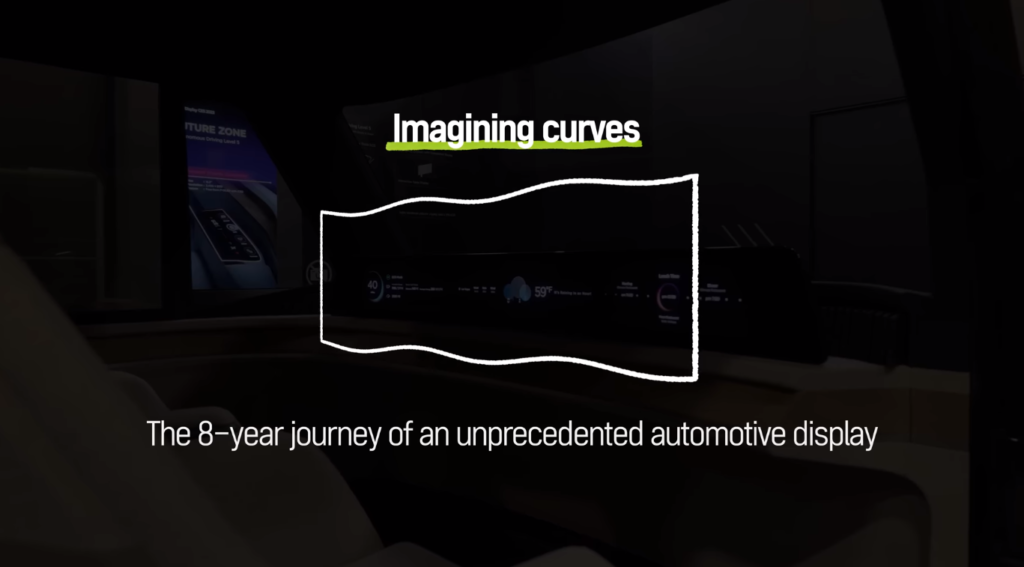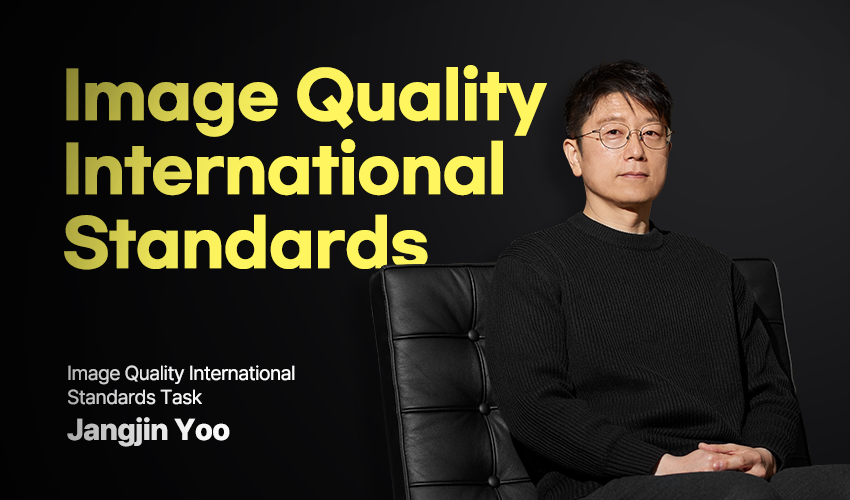By Alex Jensen –
Imagine getting on a bus of the future and traveling to the past. As impossible as it sounds, that is perhaps the best way to describe my recent experience of taking a tour in South Korea on a cutting-edge bus equipped with Transparent OLED displays instead of windows.

Just to briefly explain the concept of the tour, the bus route took us around Suwon, which is famous for fortress walls that encircle the city. Along the way, you can look out the window and see modern Suwon going about its business. But if you focus on the images shown on those Transparent OLED windows, you are transported back to 1795. Historical figures come to life as animated scenes match up with the fortress walls to show them in their original setting. You get to sense what this city would have looked like centuries ago, and how people in traditional dress would have lived and celebrated major events. There’s even a demonstration of old technologies during the tour, with text in Korean and English to guide you along.

(Bottom) viewers watching the animation shown on the Transparent OLED windows
Now, this got me wondering how impressive it could be if applied elsewhere in the world. In my hometown of London, for instance, they could completely transform the experience of seeing an old fortress like the Tower of London. In a bus lined with Transparent OLED displays, you could be driven across Tower Bridge and into a medieval scene, enjoying a view of ancient bustle and old vessels as they once traversed the Thames. The same applies to historic sites and monuments pretty much anywhere –the potential stretches as far as the imagination will let it.
This is possible because of Transparent OLED, which I recently described more generally here, having been unable to escape transparent screens while watching Westworld! With 45% transparency combined with the vivid picture quality that OLED’s self-emissive pixels are famed for, Transparent OLED displays can be applied to a range of areas. Wherever you can put glass, you can have Transparent OLED! The advantage for homes, offices, public transportation, and other venues is that you can retain a sense of openness while still benefiting from displays – whether for entertainment, information, or pure art.

My bus tour in Suwon was the first time I had been able to see Transparent OLEDs being applied to a vehicle in action. And aside from tour vehicles, I can easily see how public subways, trains, and buses in cities worldwide could be using this technology. Location information, news, weather, advertisements, and other announcements could all seamlessly blend into the travel experience without the mess of paper or other displays that take up space – and without obscuring the basic purpose of windows because 45% transparency is actually really impressive. Even when a whole Transparent OLED display is filled with animations on the Suwon tour, you can still easily adjust your eyes to look outside.

It would be great to see more buses and public transport generally embrace Transparent OLED so that more people can share in my Suwon experience. I know this technology began replacing subway windows in China in 2020 before also emerging on overground trains in Japan. Hopefully these are just the start of many more!










